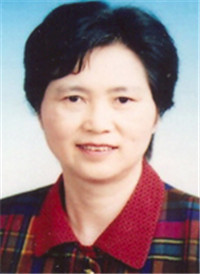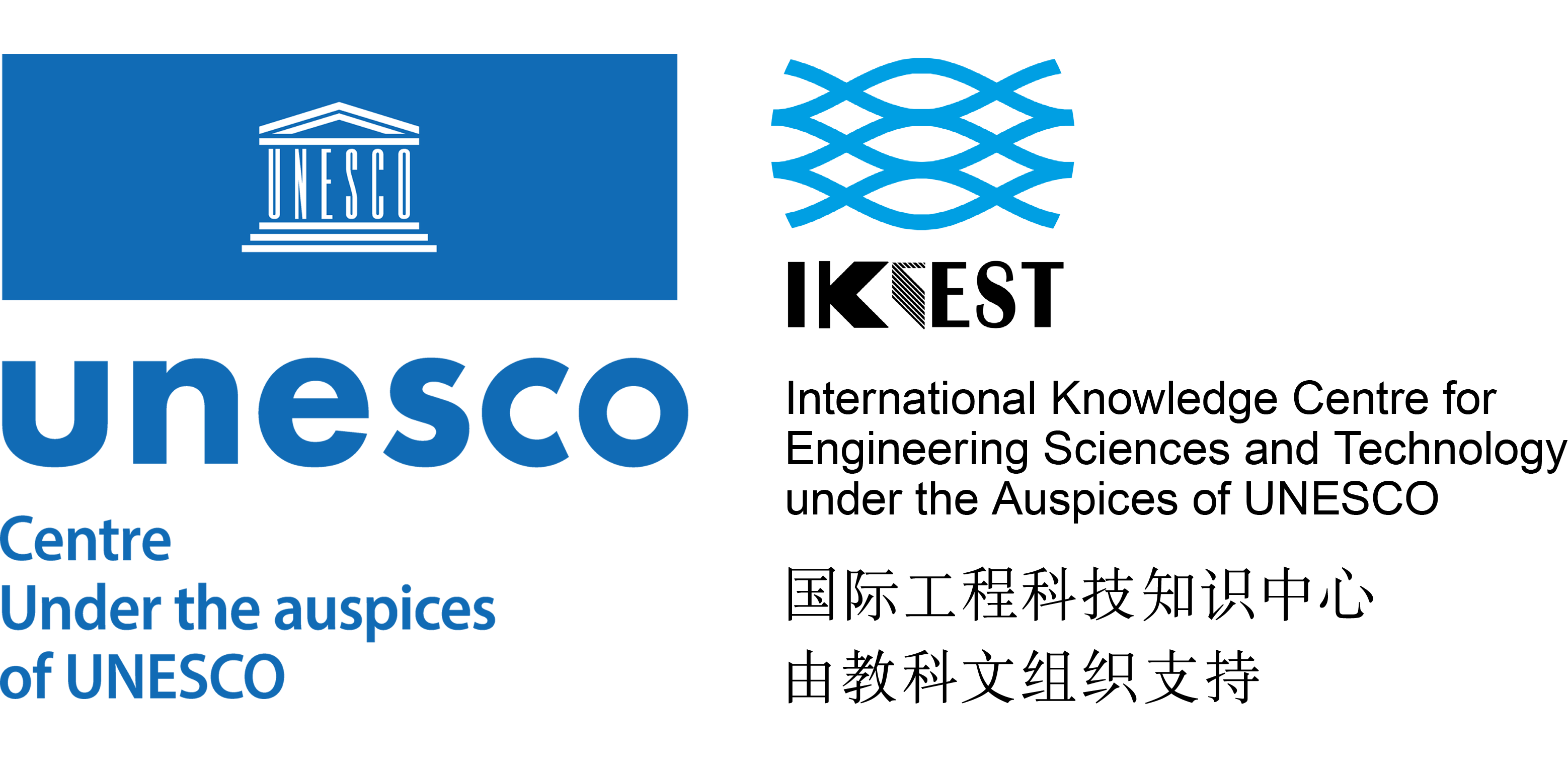Language
We detect your regional language is French. Do you want to change site's language to French? You may choose other languages.International
 English
English
 中文
中文
 русск
русск
 français
français
 español
español
 العربية
العربية

- Home
- Symposiums
- The 5th GIS Software Technology Conference
- Webinar on Society 5.0
- IKCEST holds the 8th International Disaster Prevention and Reduction Knowledge Service Seminar
- The 9th International Disaster Prevention and Reduction Knowledge Service Seminar
- The 2022 Newmark Distinguished Lecture
- IKCEST International Symposium 2019
- IKCEST International Symposium 2018
- IKCEST International Symposium 2017
- IKCEST International Symposium 2016
- IKCEST International Symposium 2015
- China-Ukraine Workshop on Resources Classification: Status, Mapping and Application
- UNESCO Science Centres Coordination Meeting
- All Symposium
- Training Workshops
- The 2019 International Workshop of IKCEST Intelligent City Knowledge Service held in Shanghai
- International Training Workshop on Disaster Risk Reduction Knowledge Service in China-Pakistan Economic Corridor
- IKCEST and ISTIC jointly held the Online Training Workshop on Big Data
- TRAINING OF TRAINERS on Data Stewardship for Open Science 2021
- IKCEST-DRR Team Successfully Held the International Training Workshop
- The Belt and Road Initiative International Training Course on Resources, Environment, Scientific Data Sharing and Disaster Prevention and Reduction Knowledge Services
- Program of the Training Workshop On Resource & Environment Scientific Data Sharing and Disaster Emergency Response along CPEC
- International Training Workshop on Big Data for Developing Countries 2019
- The International Training on Resource & Environment Scientific Data Sharing along the “Belt and Road”
- IKCEST - ISTIC 2018 Big Data Training Workshop
- 2019 IKCEST & ICEE International Engineering Education Training Workshop held successfully at Tsinghua University
- The International Training Workshop on Resource & Environment Scientific Data Sharing and Disaster Risk Reduction Knowledge Service
- All Training Workshops
- Competitions
- The 7th IKCEST The Belt and Road International Big Data Competition
- The 6th IKCEST The Belt and Road International Big Data Competition
- The 5th IKCEST The Belt and Road International Big Data Competition
- The 4th IKCEST The Belt and Road International Big Data Competition
- The 3rd IKCEST The Belt and Road International Big Data Competition
- Datasets
- Knowledge Apps
- Knowledge Services
- Videos
- Newsletters
- About IKCEST

Subject:Infectious diseases and infectious diseases
Introduction:
Professor Li has initiated a special and effective Artificial Liver Supporting System (ALSS) in treating severe hepatitis, which is a breakthrough and has significantly decreased the mortality, and provides a new way in treating liver failure as well. Determined to tackle the difficulty worldwide in treating severe hepatitis, the mortality of which may reach 80%, ever since 1986, Professor Li has spent 20 years in the field and created a special and effective ALSS in treating severe hepatitis. In order to spread the new way of ALSS to the whole country, she has presided and finished 8 national continuous education programs. She was elected as chairman in the first, second and third International & National Symposium of Artificial liver. As chief author, She published artificial liver book, which is basing on her decades of experiences of treating severe hepatitis, and the book is the first one of the field of ALSS in China. To promote the study on artificial liver in the country, professor Li organized the Group for Artificial Liver Science to make guidelines for standardizing clinical application of ALSS. Her study on artificial liver was funded both by the 15th Key Technology R&D Program of national High-tech Research & Development 863 Program and National Natural Science Foundation.
She firstly highlighted the theory of infectious microecology, which helps to clarify the profile of changes in gut flora of patients with liver diseases. Base on the theory, some new Ag of gut bacterium were discovered.
Her group has done a series of investigations on effects of changes in gut flora on the liver function in patients with chronic hepatitis and chronic severe hepatitis. As a chief author, the book INFECTIOUS MICROECOLOGY was published in China in 2002. The program of relationship between changes in gut flora and the chronic graft dyfunction (CGD) was granted by national basic research fund(called 973 program). She and her group discovered 5 new genetypes of ESBLs, then the news was enrolled in GenBank. Her group set up a new conveniently phenotype screening method to detect AmpC enzyme, and firstly used gene expression method in studing ESBLs. A new gene expressed system of ESBLs was build by the group for the further gene functional research.

 User Center
User Center My Training Class
My Training Class Feedback
Feedback




